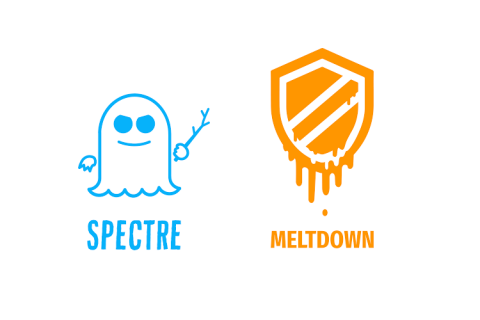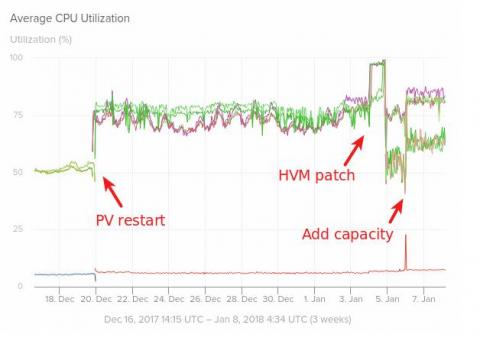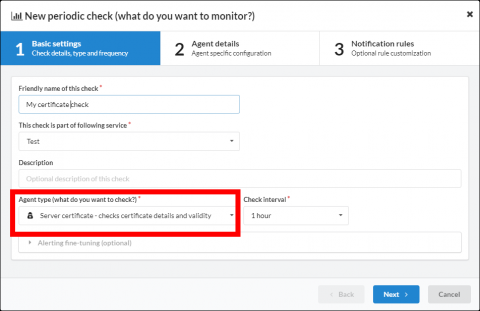Kamon 1.0 is out!
Dear people from the community, we are extremely pleased to announce that after months of efforts, Kamon 1.0 is finally out!. If you are already running Kamon 0.6.x or you are part of the adventurers who are already using 1.0.0-RCs in production, then it’s time to upgrade!









